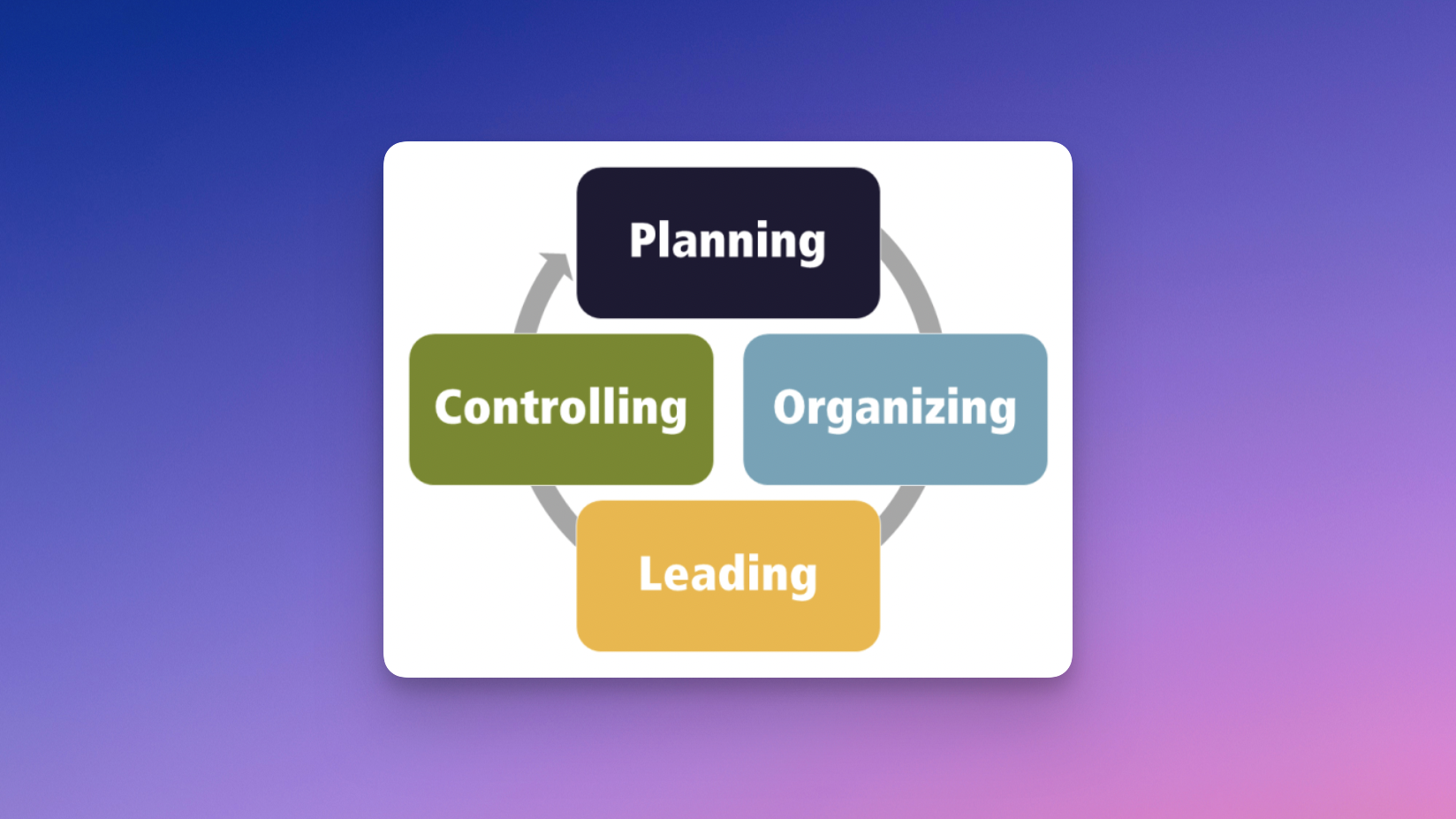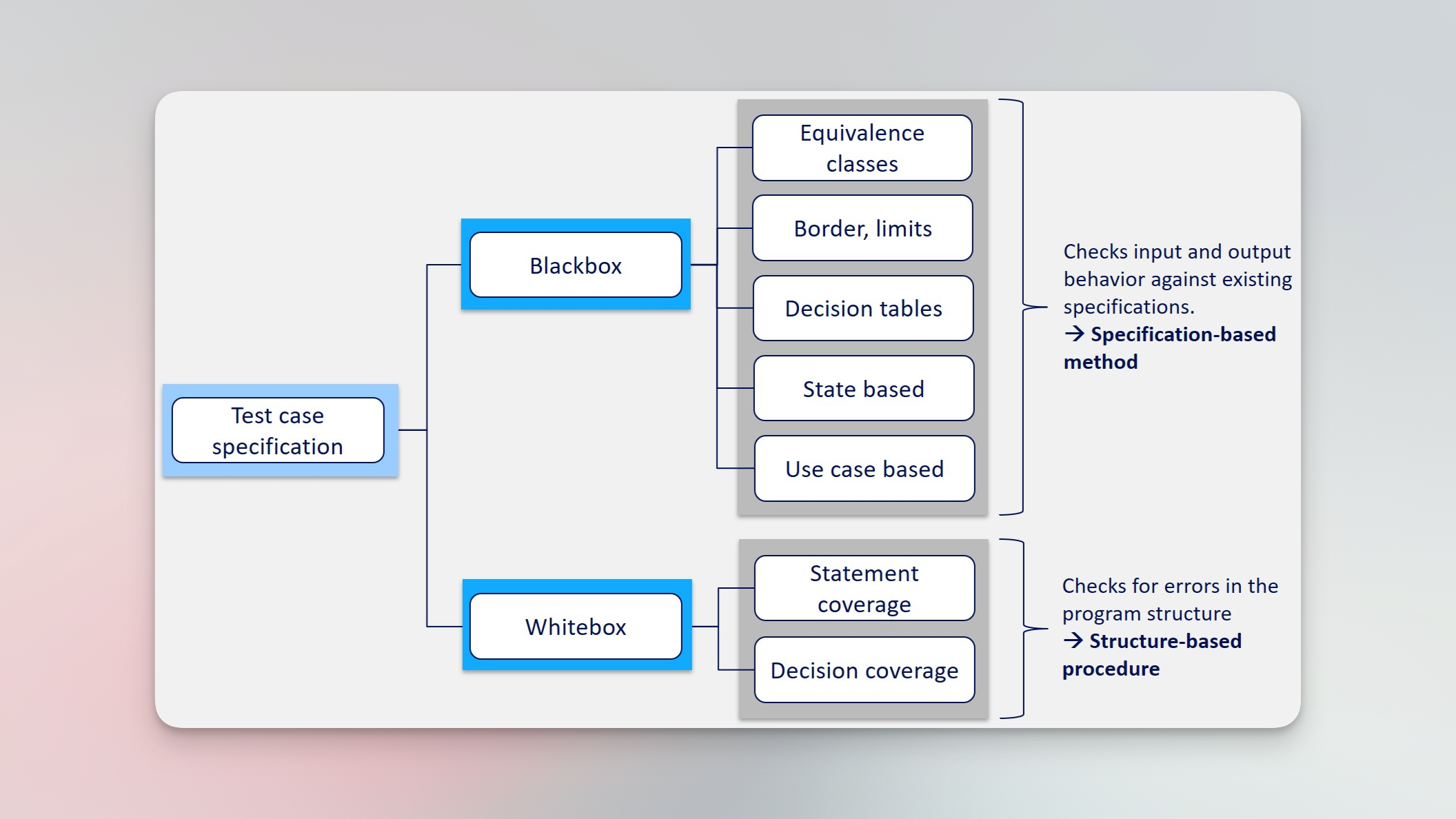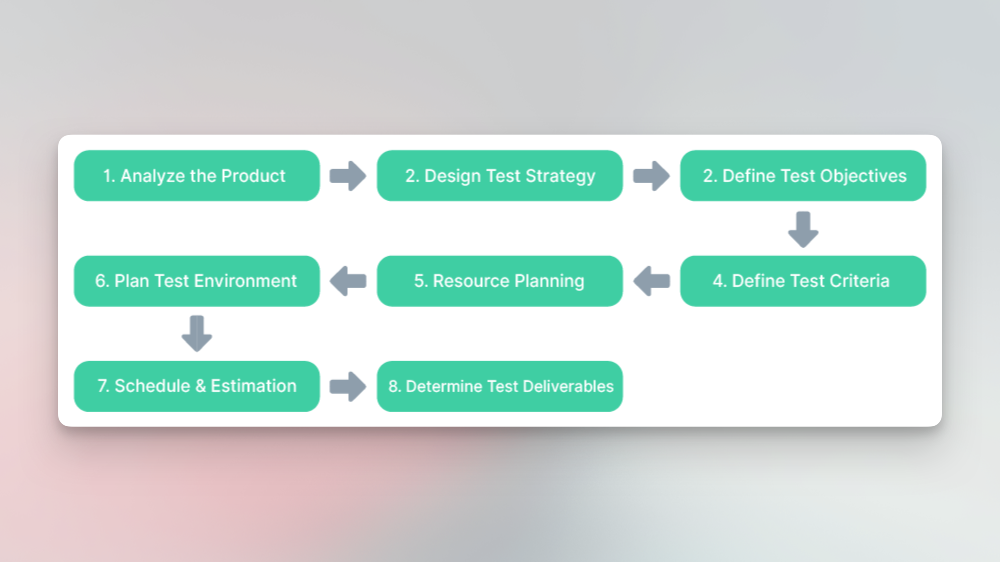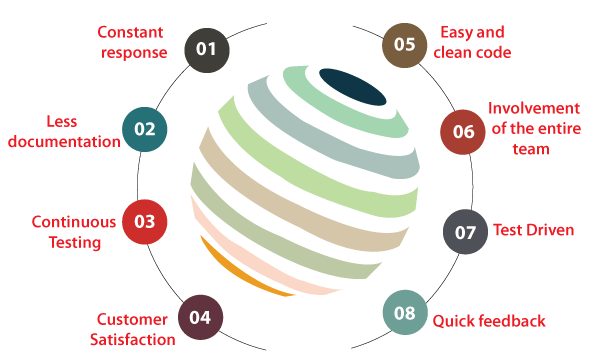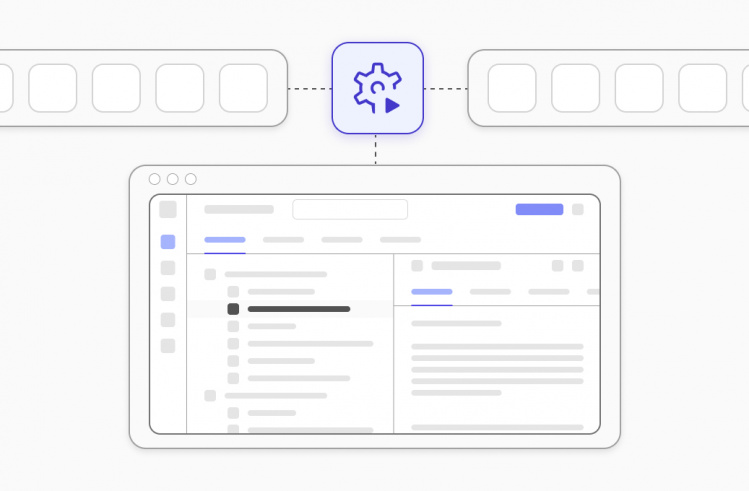Test management involves planning, organizing, and controlling the testing activities of a project to ensure that the software meets the required quality standards. Testing is an essential part of the software development process, as it helps to ensure the quality and reliability of the software. By identifying and fixing defects early in the development process, testing can save time and resources and improve user satisfaction. In this blog post, we will explore the importance of test management in software development and the key components of the test management process.
There are several factors that can influence the effectiveness of test management, including:
- The quality and experience of the testing team: The skills and expertise of the testing team can significantly impact the effectiveness of test management. A highly skilled and experienced testing team is more likely to be able to identify and fix defects in the software, as they have a deeper understanding of the software and testing techniques. They are also better equipped to handle any challenges that may arise during the testing process.
- The quality of the test plan: A well-defined and comprehensive test plan is essential for successful test management. A quality test plan should outline the scope and objectives of testing, the stakeholders and testing team, the test approach, the test schedule and resources, and the risk assessment. It should also be flexible and adaptable, allowing for changes and updates to be made as needed.
- The resources and support provided for testing: Adequate resources and support are necessary for effective test management. It is also important to ensure that the testing team has access to the necessary training and support to perform their duties effectively.
- The testing tools and techniques used: The choice of testing tools and techniques can significantly impact the effectiveness of test management system.
The Test Management Process
Test management involves a number of important steps to make sure the testing process goes smoothly. These steps include making a plan for testing, designing the tests, carrying out the tests, reporting on the results, and documenting what happened. Finally, test management also includes wrapping up the testing process.
Test Planning
The first step in the test management process is to define the scope and objectives of testing, identify the stakeholders and testing team, and develop a test plan. It is also important to estimate the resources and timeline needed for testing and identify any potential risks or challenges.
A quality test plan is a crucial part of the test management process, as it outlines the testing activities and resources needed for a project. There are several key factors that contribute to the quality of a test plan:
- Scope and objectives: The test plan should clearly define the scope and objectives of testing, including what is to be tested and why it is being tested. This helps to ensure that the testing effort is focused and aligned with the goals of the project.
- Stakeholders and testing team: The test plan should identify the stakeholders and testing team, including their roles and responsibilities. This helps to ensure that everyone involved in the testing process understands their role and how they contribute to the overall success of the project.
- Test approach: The test plan should outline the approach to testing, including the testing techniques and tools that will be used. This helps to ensure that the testing effort is efficient and effective.
- Test schedule and resources: The test plan should include a schedule for testing and a list of the resources needed, including hardware, software, and personnel. This helps to ensure that the testing process is well-organized and has the necessary resources to be successful.
- Risk assessment: The test plan should include a risk assessment, identifying any potential risks or challenges that may impact the testing process. This helps to ensure that any potential issues are identified and addressed in advance.
Test Design
The next step is to create test cases and test data that will be used to evaluate the functionality and performance of the software. It is important to select the appropriate testing techniques and define the acceptance criteria for testing. The test environment and infrastructure should also be considered at this stage.
Whitebox test design techniques
Whitebox test design techniques are methods used to test the internal structure and behavior of a software system:
- Statement coverage: This technique involves testing every statement in the software to ensure that it has been executed at least once.
- Branch coverage: This technique involves testing every decision branch in the software to ensure that all possible outcomes have been tested.
- Path coverage: This technique involves testing all possible paths through the software to ensure that every part of the software has been tested.
- Condition coverage: This technique involves testing every Boolean expression in the software to ensure that all possible outcomes have been tested.
- Loop coverage: This technique involves testing all loops in the software to ensure that they are working correctly.
- Data flow testing: This technique involves testing the flow of data through the software to identify any defects or issues.
- Mutation testing: This technique involves introducing small changes (mutations) to the software and re-running the tests to ensure that the changes have been detected.
Blackbox test design techniques
Blackbox test design techniques are methods used to test the functionality and behavior of a software system without knowledge of its internal structure:
- Equivalence partitioning: This technique involves dividing the input domain into partitions and testing a representative value from each partition to reduce the number of test cases needed.
- Boundary value analysis: This technique involves testing the values at the boundaries of the input domain to identify any defects or issues in the software.
- Decision table testing: This technique involves creating a table that maps the input conditions and output actions of the software, and testing each combination to ensure that the software is working correctly.
- Use case testing: This technique involves testing the functionality of the software from the perspective of the end user, using real-world scenarios to test the software.
- Exploratory testing: This technique involves testing the software in an unstructured manner, using the tester’s knowledge and experience to identify defects and issues.
- User acceptance testing: This technique involves testing the software with real users to ensure that it meets their needs and expectations.
Test Execution
During the execution phase of test management, the test cases that have been designed are run according to the test plan. This involves setting up the necessary hardware and software, preparing the test data, and executing the tests. The tests may be run manually or automated using testing tools and frameworks.
Once the tests have been run, the results are analyzed to determine if any defects or issues were identified. Any defects or issues that are found should be documented and tracked using a defect tracking system. This helps to ensure that the defects are addressed in a timely manner and that the software meets the required quality standards.
It is also important to review the results of the tests to identify any trends or patterns that may indicate broader issues with the software. This can help to identify areas where the software may need further testing or improvements.
Test Reporting and documentation
Test results should be thoroughly documented in the form of reports, which should include information such as the number of test cases run, the number of defects found, and the status of the defects (e.g. open, closed, deferred). The reports should also include any relevant details or observations from the testing process, such as any issues or challenges that were encountered.
The reports should be shared with stakeholders, such as the project team, management, and customers, to keep them informed about the testing process and the quality of the software. This can help to ensure that any issues or defects are addressed in a timely manner and that the software meets the required quality standards.
In addition to documenting the test results, it is also important to document any issues or defects that were found during testing. This may involve using a defect tracking system to record the details of the defects and track their progress through the resolution process. By thoroughly documenting the test results and any issues or defects found, organizations can improve the transparency and accountability of the testing process and ensure that the software meets the required quality standards.
Closure
After testing is done and any necessary documentation is completed, the test process is wrapped up. This may involve closing out any open defects or issues and completing any final reporting or documentation.
It is also important to review the test process and identify any areas for improvement. This may involve conducting a post-mortem analysis or retrospectives, which can help to identify any problems or challenges that were encountered during the testing process and suggest ways to improve the process in the future.
Benefits of Test Management
Effective test management can bring several benefits to the software development process, including:
Improved quality: By identifying and fixing defects early in the development process, test management helps to ensure that the software meets the required quality standards. This can enhance user satisfaction and loyalty.
Enhanced reliability: Test management helps to reduce the risk of failures or crashes in the software, improving its stability and performance. This can enhance the reputation of the software and the company.
Increased efficiency: Test management can save time and resources by identifying and fixing defects early in the development process. It can also enhance communication and collaboration among the testing team and stakeholders, streamlining the testing process through automation and other techniques.
Challenges and Best Practices
By identifying and fixing defects early on, testing can save time and resources and improve user satisfaction. However, to achieve these benefits, it is important to follow best practices for test management.
One key best practice is to define clear objectives and scope for the testing effort. This involves identifying the stakeholders and testing team, defining the test approach, and establishing the test schedule and resources. By clearly defining the objectives and scope of testing, organizations can ensure that the testing process is aligned with the goals and needs of the project and that the right resources are dedicated to testing.
Another important best practice is to use a risk-based approach to testing. This means focusing testing efforts on the areas of the software that are most important or have the highest risk of defects. By prioritizing testing efforts in this way, organizations can ensure that the most critical areas of the software are thoroughly tested and that defects are identified and addressed as soon as possible.
Planning for testing early in the development process is another important best practice. By starting the testing process early on, organizations can identify and fix defects earlier in the development process, which can save time and resources and improve the quality of the software.
The choice of testing tools and techniques can also significantly impact the effectiveness of the testing process. It is important to carefully evaluate the various options available and select the ones that are most suitable for the specific needs and goals of the project.
Test automation can also be a useful tool for improving the efficiency and effectiveness of the testing process. By automating the execution of test cases, organizations can reduce the time and effort required to run tests. However, it is important to carefully consider the benefits and limitations of test automation and use it appropriately.
Finally, adequate resources and support are essential for the success of the testing process. This may include things like hardware and software, and personnel, etc.
Agile test management
Agile test management is a way of managing the testing process in an agile software development environment. Agile development is a method of building software that focuses on quick delivery, continuous improvement, and teamwork among different functional groups. Testing is an important part of the agile development process and is done throughout the development cycle, not just at the end. Testing and development teams work together to make sure the software meets the required quality standards, and automated testing tools are often used to help speed up the testing process.
Agile test management involves a number of practices and techniques that are designed to support the agile development process, including:
- Continuous testing: Testing is carried out throughout the development process, rather than being left until the end. This allows developers to identify and fix issues early on, resulting in a higher quality product.
- Test-driven development: Developers write tests for new code before writing the code itself. This helps ensure that the code meets the requirements and works as intended.
- Automated testing: Automated testing tools are used to run tests quickly and accurately, allowing teams to test more frequently and get faster feedback on the quality of the software.
- Collaboration between testing and development teams: Testing and development teams work closely together to ensure that the software meets the required quality standards. This may involve regular meetings, collaborative planning, and shared goals.
- Continuous integration: In continuous integration, code changes are automatically built, tested, and deployed to a staging or production environment. This allows teams to detect and fix issues quickly, and ensure that the software is always in a deployable state.
- Exploratory testing: Exploratory testing is a flexible, dynamic approach to testing in which testers explore the software, looking for defects and trying to break it. This allows teams to uncover issues that may have been missed in more structured testing approaches.
- User story testing: In agile development, user stories are short, high-level descriptions of a feature or requirement. User story testing involves testing each user story to ensure that it meets the requirements and works as intended.
- Acceptance test-driven development: In acceptance test-driven development (ATDD), teams define acceptance criteria for a user story before writing the code. This helps ensure that the software meets the needs of the end user.
Test Management Software
Test management software is a tool that helps organizations plan, design, execute, and track the testing process for their software development projects. It provides a centralized platform for managing all aspects of testing, including test planning and scheduling, test case design and execution, defect tracking, and reporting and documentation.
So, what does test management software do exactly? Essentially, it helps teams coordinate and execute the testing process for a software project. Test management software can be used to create and manage a test plan, including setting up test schedules and assigning tasks to team members. It can also provide tools for designing and executing test cases, including support for creating and managing test data and automating test execution. In addition, test management software can provide a centralized platform for tracking and managing defects, including support for assigning defects to team members, prioritizing defects, and updating the status of defects as they are resolved.
How to Choose Test Management Tool
Choosing the right test management software is an important decision for any organization. The right tool can help streamline the testing process and improve the quality and reliability of your software, while the wrong tool can create unnecessary challenges and inefficiencies.
So, how do you choose the right test management software? Here are some factors to consider:
- Identify your needs: Before you start evaluating different options, it’s important to have a clear understanding of your organization’s specific needs and goals. This might include things like the size and complexity of your software projects, the types of testing you need to support, and the level of integration with other tools and processes you require.
- Research different options: There are many different test management tools on the market, each with its own set of features and capabilities. Take the time to research and evaluate different options to determine which ones might meet your needs.
- Consider your budget: Test management software can vary widely in terms of cost, so it’s important to consider your budget when making a selection. Keep in mind that the most expensive option may not necessarily be the best fit for your needs.
- Evaluate the features and capabilities: Once you’ve narrowed down your options, take the time to carefully evaluate the features and capabilities of each tool. This might include things like test case design and execution, defect tracking, integration with other tools, and reporting and documentation capabilities.
- Test it out: Once you’ve identified a few potential options, consider setting up a trial or demo of the software to get a feel for how it works in practice. This can help you make a more informed decision about which tool is the best fit for your organization.
There are a variety of test management tools on the market. Test management tools list is not comprehensive, we just want to show you most popular one:
- Zephyr: Zephyr is a comprehensive test management solution that helps organizations streamline their testing efforts and improve the quality of their software. It includes features such as test case design and execution, defect tracking, and integration with agile development frameworks.
- Testomat.io: Testomat.io is a user-friendly test management tool that helps teams plan, execute, and track their testing efforts. With customizable reports and support for test case design and execution, Testomat.io is a powerful tool for ensuring the success of your software projects.
- TestLink: TestLink is a free test management tool that helps organizations improve the efficiency and effectiveness of their testing process. It includes features such as test case design and execution, defect tracking, and integration with bug tracking tools.
- TestRails: TestRails is a feature-rich test management tool that helps teams plan, execute, and track their testing efforts. It includes features such as test case design and execution, defect tracking, and integration with agile development frameworks.
Conclusion
Test management is a vital component of the software development journey, one that ensures the end product is of the highest quality and reliability. It helps us catch defects early on, before they have a chance to cause issues down the line. Without a solid test management process in place, our software runs the risk of failing to meet user expectations and failing in its purpose. That’s why it’s so important to establish a robust test management process and stick to it every step of the way. And as the landscape of software development shifts and evolves, we must remain vigilant in our efforts to continuously review and improve our test process to meet the changing needs and challenges that come our way.

